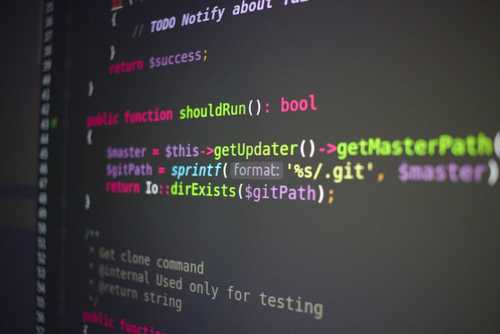
Understanding Jest Mocks
Decipher Jest's complex rules for mocking modules.
Decipher Jest's complex rules for mocking modules.
A free tool for teachers to automate the repetitive task of assigning work to a group.
Use S3 policies to isolate Cognito users into subdirectories of a bucket.
Use AWS Cognito credentials to authenticate requests directly in the browser.
JavaScript's syntax allows for a lot of shortcuts when accessing variables. But shorter code can also be confusing. Which techniques are the shortest? Which are the easiest to read?
I've created a tool for analyzing conditional expressions.
Load Puppet's third-party dependencies on-demand and keep them out of source control.
Improved Vagrant and Puppet scripts for hosting Linux VMs on Windows.
How does shuffling affect the duration of a game of War?
Lately I've been playing with Vagrant and Puppet to create virtual machines for local MEAN stack development.
Retrieve the name of a variable passed to a Knockout binding.
Animate KnockoutJS observable changes with the Quicksand plugin for jQuery.
Solving Microsoft Access's "ambiguous outer joins" error.
Improve the portability of your code from server-to-server with environment variables in your PHP INI.
I updated a site to use Single Sign-On (SSO) capability, specifically with Shibboleth, and was shocked to discover that links to the site in Microsoft Office files stopped working. After thorough troubleshooting I found a workaround.
Processing two forms on the same page is not the simplest task in the Zend Framework. After a few attempts, I think I found an elegant solution.
Fix Symphony autoloading in the Doctrine CLI.
Not all IP addresses are created equal.
Configure your IIS URL rewrite tool to preserve encoded characters in the original URL.
Forms are a tricky part of any Model-View-Controller (MVC) application. They incorporate validation, presentation, and security logic that spans all tiers of the application. Separating these concerns is difficult but important. I'll walk through how I use Zend_Form in Zend Framework 1, but the same principles should apply to any MVC application.
PHP's built-in sprintf() function is great for formatting complicated output and improving code readability. I recently had the need to output a string multiple times with some changes each time.
Here's a custom decorator to render your Zend_Form_Element with a <fieldset>.
What if you need to validate input using a callback function that will return False when the input is valid? Here's a custom validator to do the job.
This class is super simple, so we'll begin with the code.
Running PHP sites on Internet Information Services (IIS) is easy! And with a few extra steps, you can achieve a versatile and extensible setup to avoid management headaches down the line. Follow this guide to add PHP functionality to your IIS server and avoid common mistakes.























